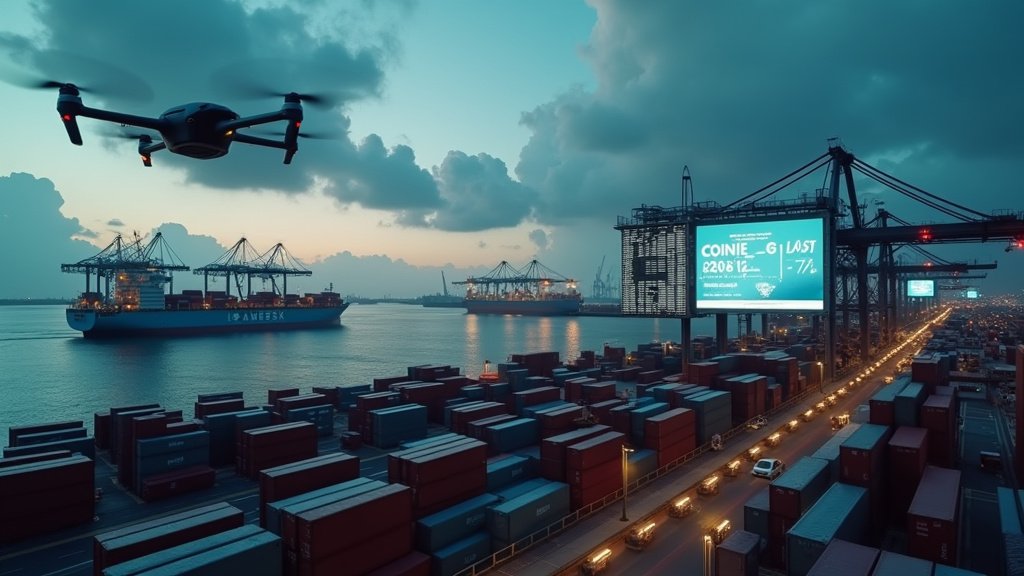Maersk North America Market Update — July 2025
New York, NY – July 8, 2025 – Maersk’s July 2025 North America Market Update, published on July 2nd, offers a comprehensive look at the evolving landscape of supply chains. Authored by Florencia Serra, North American Customer Communications Manager, the report details key developments in ocean transport, inland services, customs, warehousing, and e-commerce, providing crucial insights for businesses navigating the complexities of the current market.
Peak Season Pressures and Capacity Constraints
The update highlights the anticipated challenges of the upcoming peak season, driven by heightened consumer demand. Maersk anticipates continued space constraints across various transportation modes as volumes increase. This projection underscores the importance of proactive planning for businesses reliant on timely and efficient shipping.
The report acknowledges the reinstatement of vessel capacity in response to stronger volumes, indicating an active response to the growing demands of the market. However, despite this capacity boost, the update suggests that constraints are expected to persist, urging customers to secure their space well in advance of peak season surges.
Navigating Shifting Trade Policies
A significant portion of the update is dedicated to the rapidly changing trade policy environment, particularly focusing on the impact of tariff adjustments. The report points to the significant rise in tariffs on various goods, including aluminum, steel, and related products. Some rates have surged dramatically, with certain tariffs reaching as high as 50%. Of particular note is the imposition of a 200% tariff on aluminum imports when the country of smelt and cast cannot be verified. This escalation underscores the need for businesses to carefully scrutinize their sourcing strategies and ensure full compliance with evolving customs regulations.
Another critical factor highlighted in the report is the upcoming expiration of the temporary “reciprocal tariff pause” between the U.S. and China, scheduled for August 14th. Maersk emphasizes the urgency for customers to prepare for potential changes in duties and regulations associated with this expiration. The company recommends proactively securing space and reviewing trade compliance procedures to mitigate disruptions and ensure smooth operations.
Impact on Supply Chains
The confluence of peak season demand and evolving trade policies is expected to have a significant impact on supply chains across the North American market. The report suggests that businesses should focus on robust forecasting, agile inventory management, and proactive communication with their logistics partners to overcome potential hurdles. The potential for delays and increased costs necessitates a strategic approach to supply chain management.
E-commerce and Omnichannel Growth
The market update also addresses the evolving needs of the e-commerce sector and the burgeoning trend of omnichannel fulfillment. The report acknowledges the diversification of product assortments and fulfillment options, which is driving increased demand for dynamic storage and handling solutions. This trend is especially noticeable in the warehousing and distribution sectors.
This shift requires companies to adapt their warehousing and distribution infrastructure. Efficient and flexible logistics solutions that can handle a variety of product types and fulfillment methods are becoming essential. The update suggests that companies need to focus on finding ways to deliver an excellent customer experience throughout the entire process.
Recommendations and Outlook
In conclusion, Maersk’s July 2025 North America Market Update serves as a crucial guide for businesses operating within the dynamic North American market. The report emphasizes the importance of staying informed about evolving trade policies, anticipating peak season demands, and optimizing supply chain strategies. By heeding the insights provided by Florencia Serra and her team, businesses can better position themselves to navigate the challenges and capitalize on the opportunities present in the ever-changing landscape of global trade.

